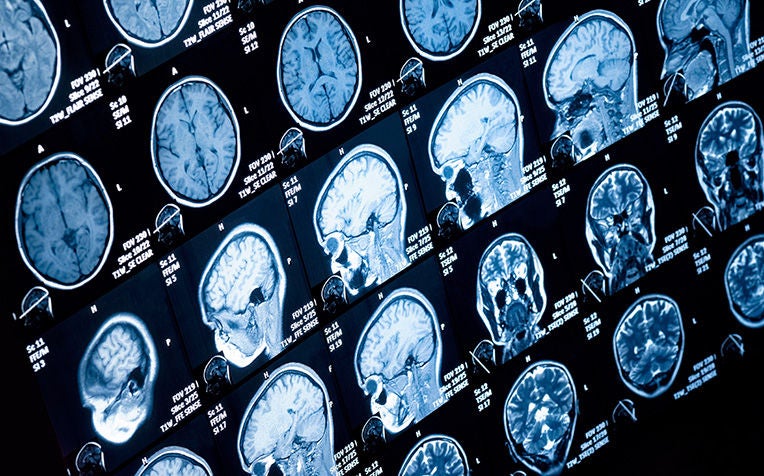HealthXchange will NEVER ask you to transfer money over a call. If in doubt, call the 24/7 ScamShield helpline at 1799, or visit the ScamShield website at www.scamshield.gov.sg.

Boron Neutron Capture Therapy, described as a wonder therapy, is showing some very interesting and positive results.
Two local researchers studying its use in recurrent head and neck cancer, have not only found it as effective as chemotherapy, but swifter and with less side effects as well.
A relatively little-known form of radiotherapy, Boron Neutron Capture Therapy (BNCT) is not yet available in Singapore as there is no nuclear source here to generate neutrons for the treatment. But it is available in Taiwan, Argentina, Israel, Russia, Finland (which has been providing the therapy since 1999) and Japan.
“Japan is one of the biggest forces in BNCT these days,” said Dr Daniel Quah, Associate Consultant, Department of Radiation Oncology and Department of Palliative Medicine, National Cancer Centre Singapore (NCCS), a member of the SingHealth group, who has been fascinated by the technology since he first heard about it in 1989. “I’ve been following it ever since,” he said.
Last year, he mentored Ms Diana Lim, Radiation Therapist, NCCS , in her honours thesis on a subject he had suggested: the efficacy of BNCT versus standard treatment for head and neck cancer.
Ms Lim studied seven published papers on about 200 patients who had BNCT treatment for recurrent head and neck cancer, and found that 70 per cent of their tumours either shrank or stayed the same. In most cases, side effects were minimal.
Lesser risks for cancer patients
The study, presented at the 2014 SingHealth Scientific Congress, hailed BNCT as the holy grail of radiotherapy, which can achieve “maximal tumour kill with near negligible normal tissue exposure”. This means that it kills cancer cells, but does hardly any damage to normal cells. A bonus is that patients only needed one or two BNCT treatments as compared to the six or seven weeks of daily conventional radiotherapy usually used for head and neck cancers.
It also stated that “BNCT can allow patients weeks to months of good quality life, which might otherwise be spent undergoing protracted standard therapies”. Survival rates of cancer patients who had BNCT compared favourably with those who had chemotherapy.
The study also found that BNCT’s low toxicity allowed it to be used several times. In some cases, it was repeated up to seven times and the patients survived.
Conventional radiotherapy exposed normal tissue surrounding the tumour to some radiation, but prevented further radiotherapy being delivered if it recurred. If the recurrence was inoperable, chemotherapy became the last resort.
According to Dr Quah, the concept behind BNCT arose in 1936. “But at that time, it was way ahead of the technology around, so no one could do anything about it.”
Read on for more information on BNCT and the benefits.
Ref: Q15
Contributed by
Related Articles
Conditions & Treatments
Public Events
Get the Health Buddy App
© 2025 SingHealth Group. All Rights Reserved.


















 Get it on Google Play
Get it on Google Play